25 Foods Banned Around The World
1. Kinder Surprise (USA)
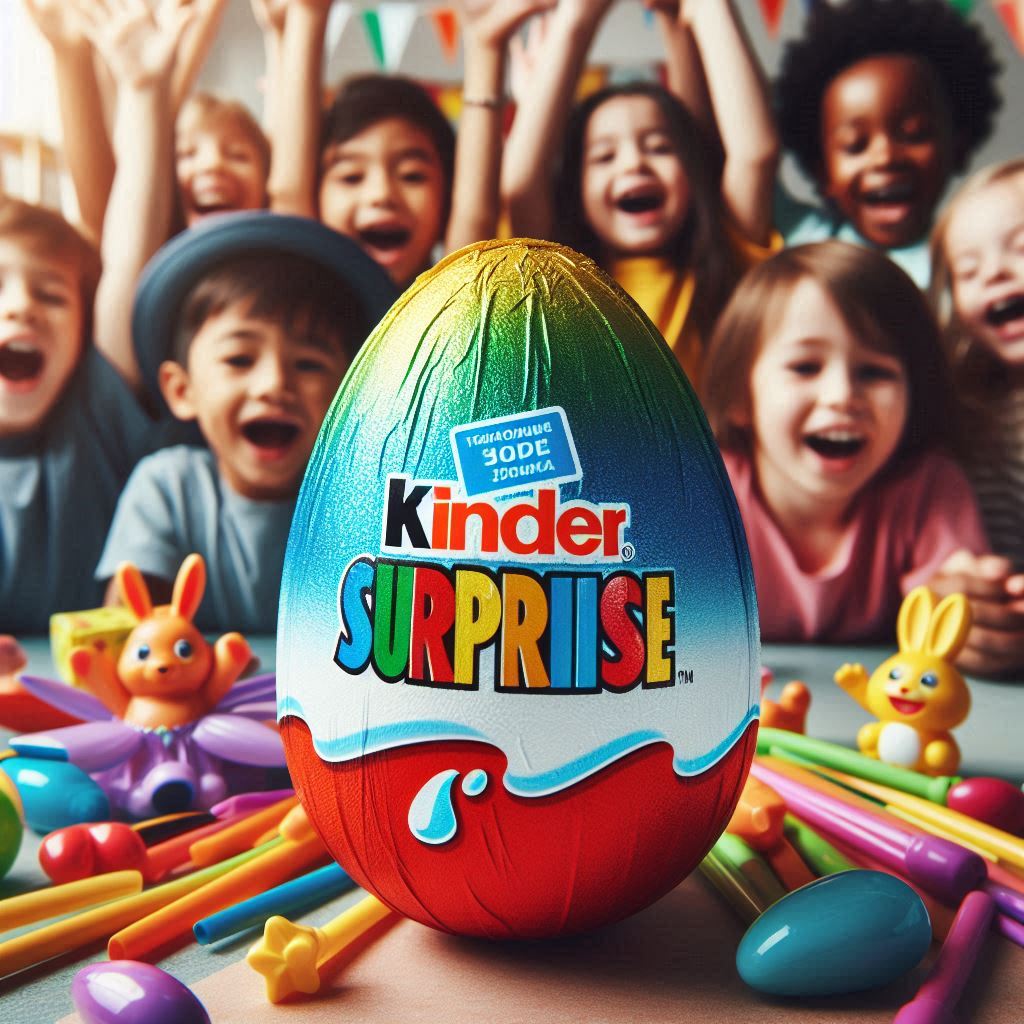
- Why banned: Contains a non-edible toy inside; violates U.S. FDA laws against embedding non-food items in food.
2. Foie Gras (India, UK (some parts), California)
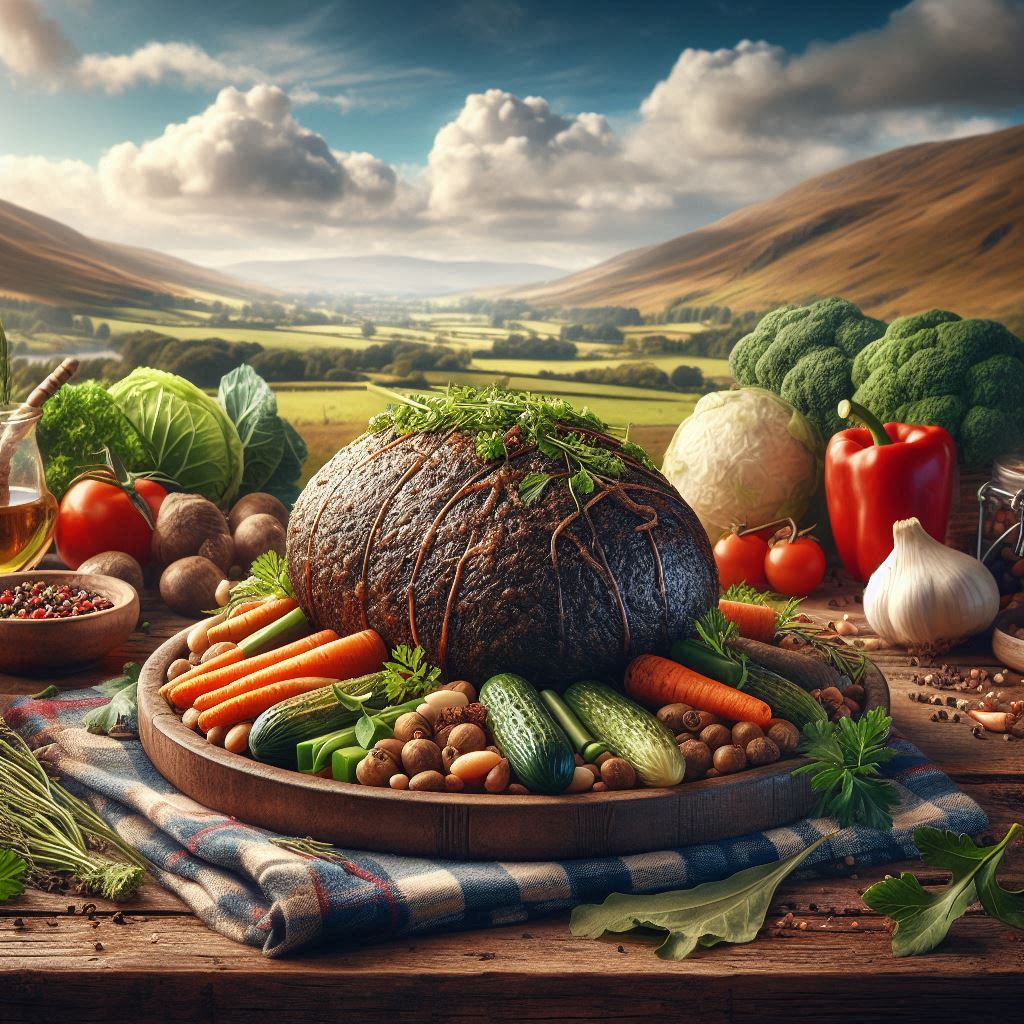
- Why banned: Made by force-feeding ducks or geese, considered inhumane.
3. Haggis (USA)
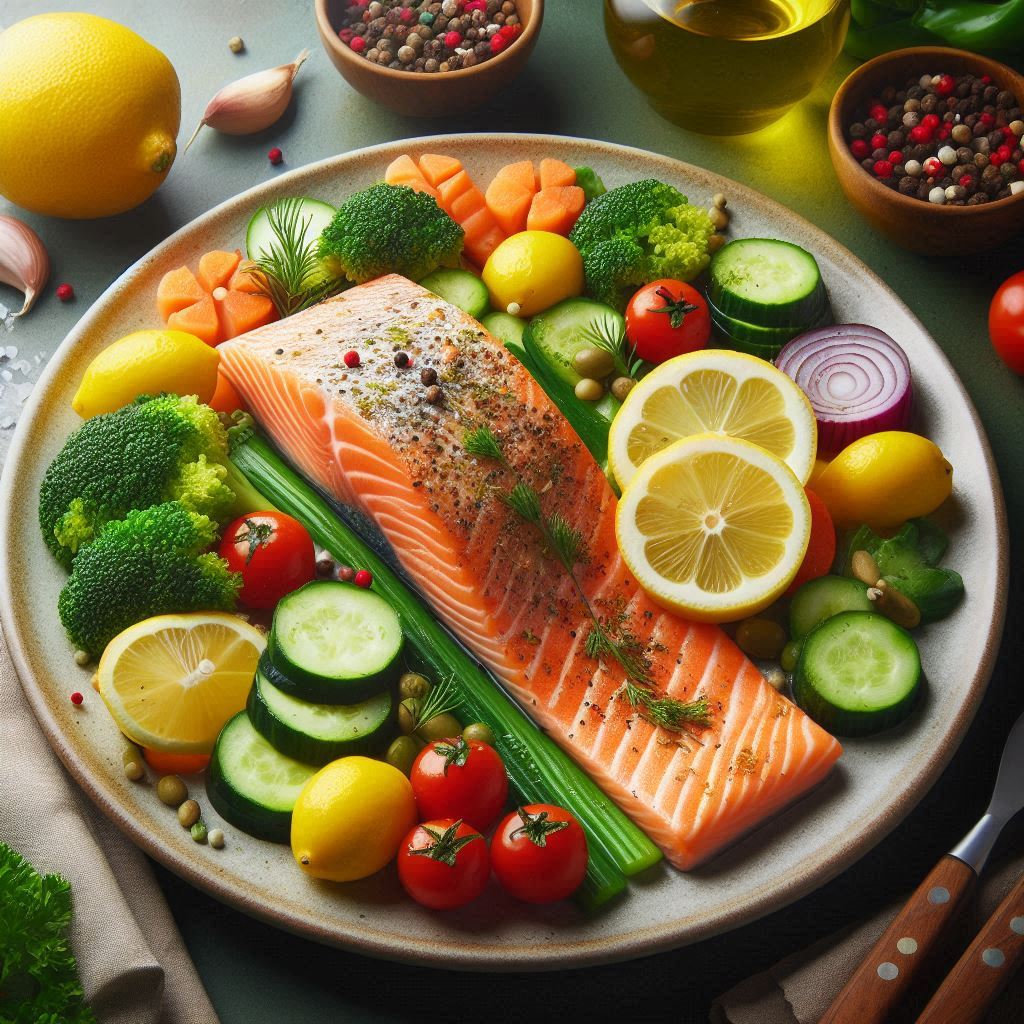
- Why banned: Traditional Scottish dish containing sheep’s lung, which is illegal in the U.S.
4. Farmed Salmon (Australia & New Zealand)
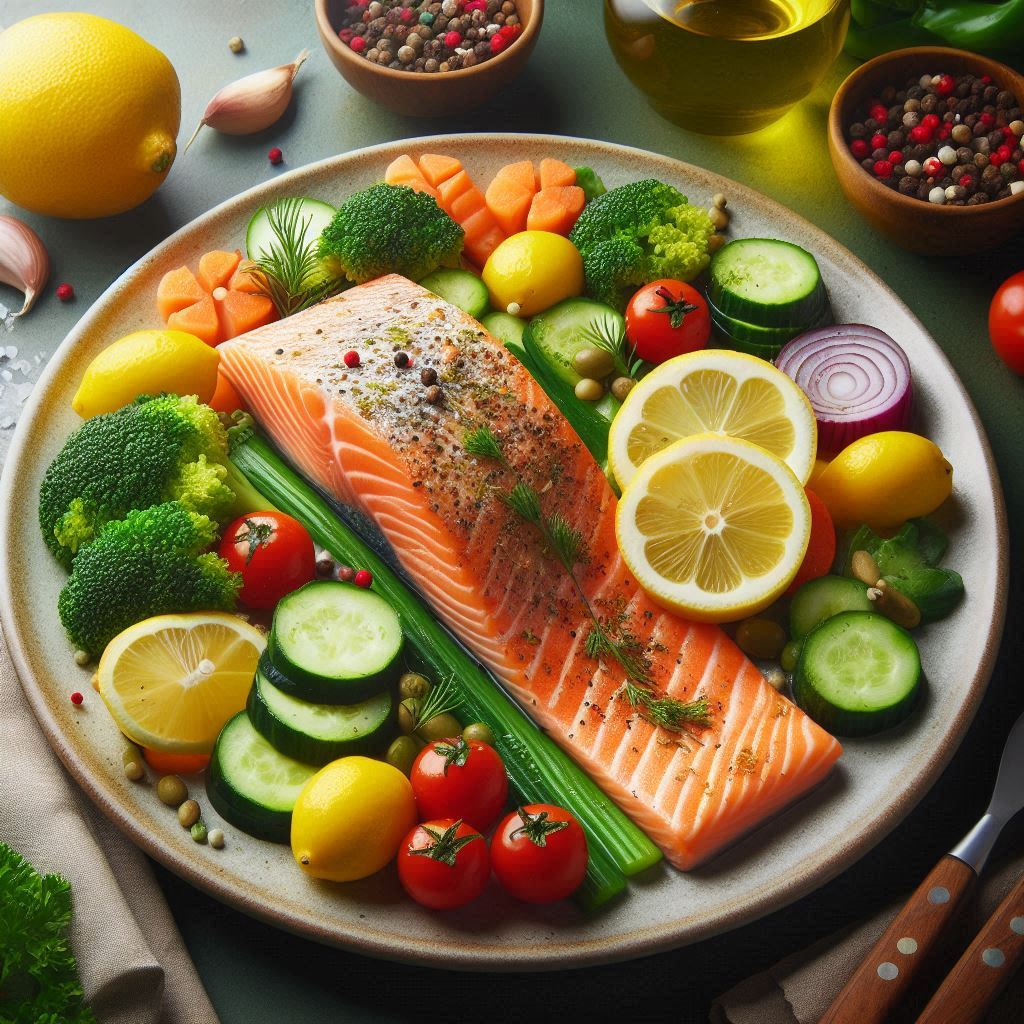
- Why banned: Concerns over artificial coloring and antibiotics used in fish farming.
5. Casu Marzu (EU, USA)
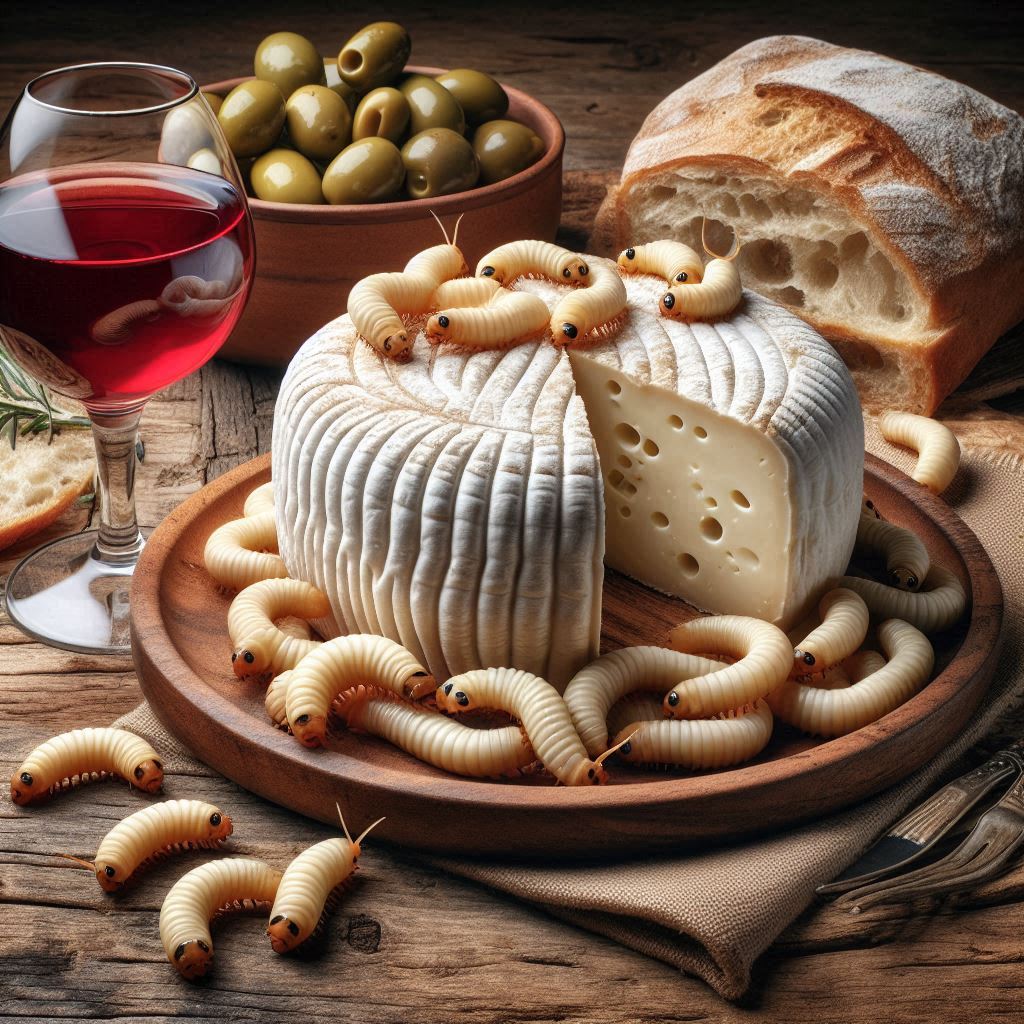
- Why banned: Sardinian cheese infested with live maggots; health hazard due to bacterial contamination.
6. Raw Milk (Many U.S. states, Canada, Scotland)
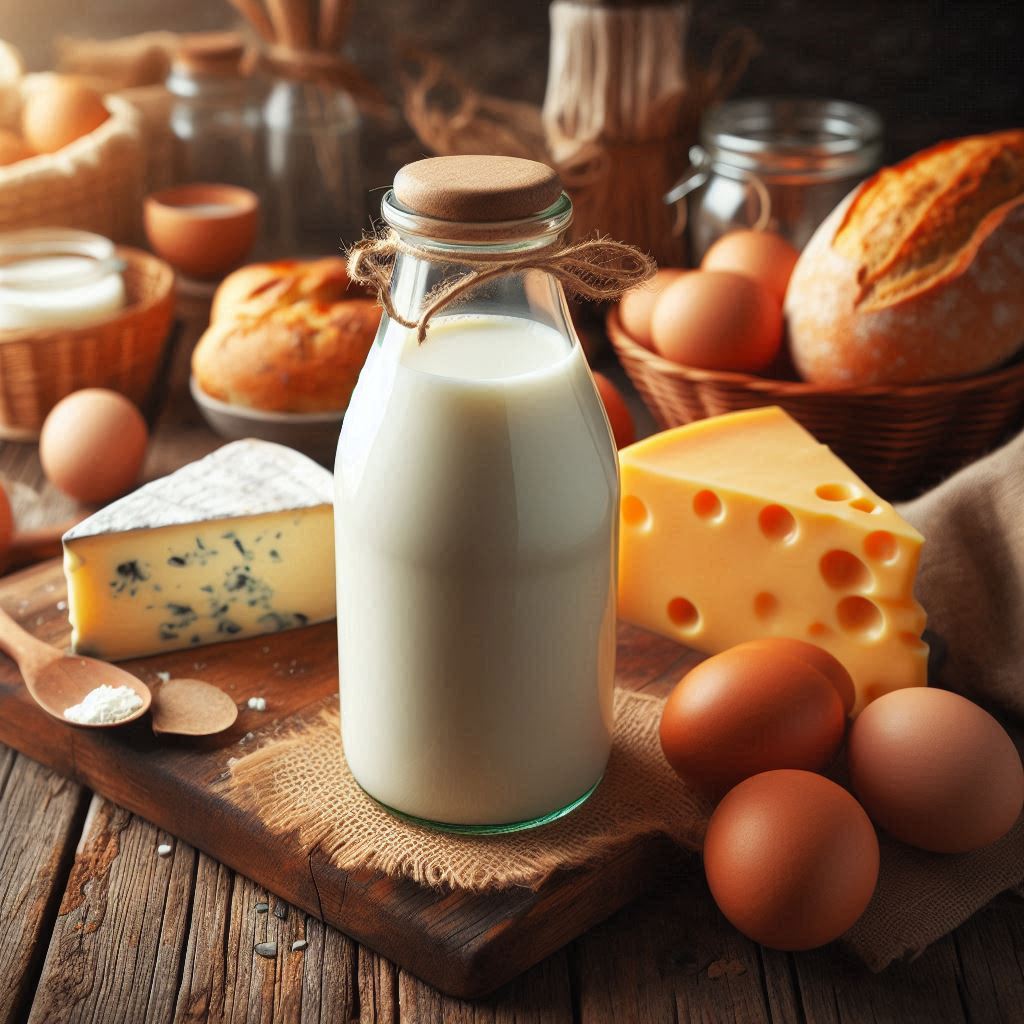
- Why banned: Risk of listeria, salmonella, and E. coli.
7. Horse Meat (USA, UK (socially), parts of Brazil)
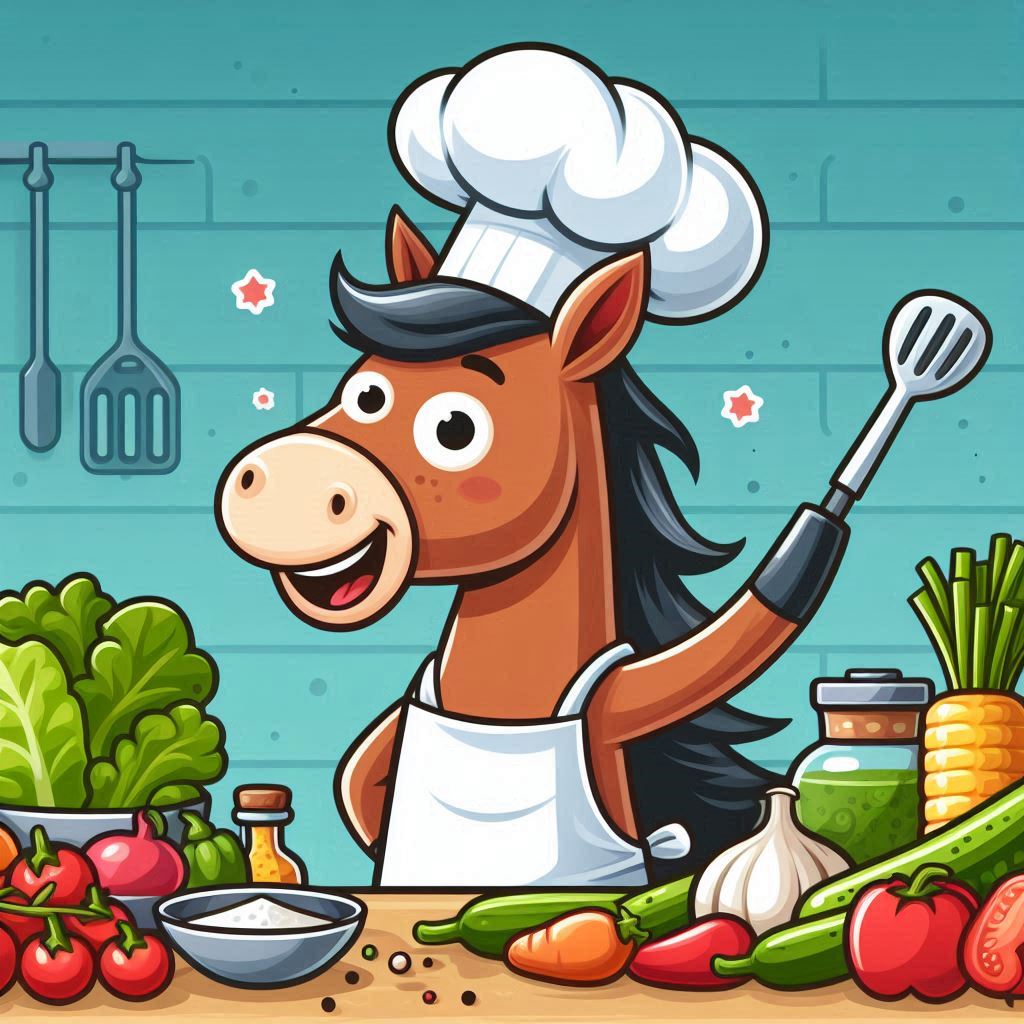
- Why banned: Ethical and cultural reasons; banned for slaughter and consumption in several countries.
8. Ortolan Bunting (France)
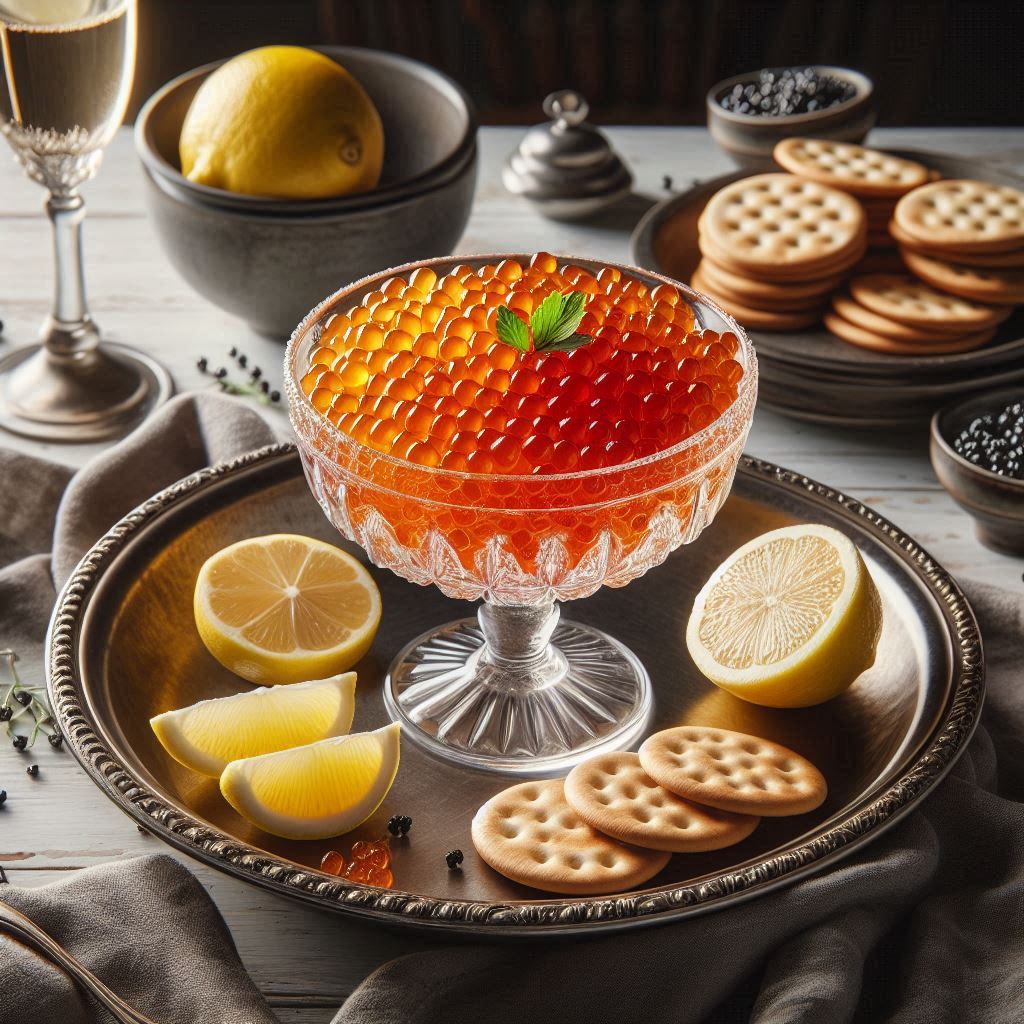
- Why banned: Small songbird protected by EU wildlife laws, historically eaten whole after being drowned in Armagnac.
9. Fugu (Iceland, EU)
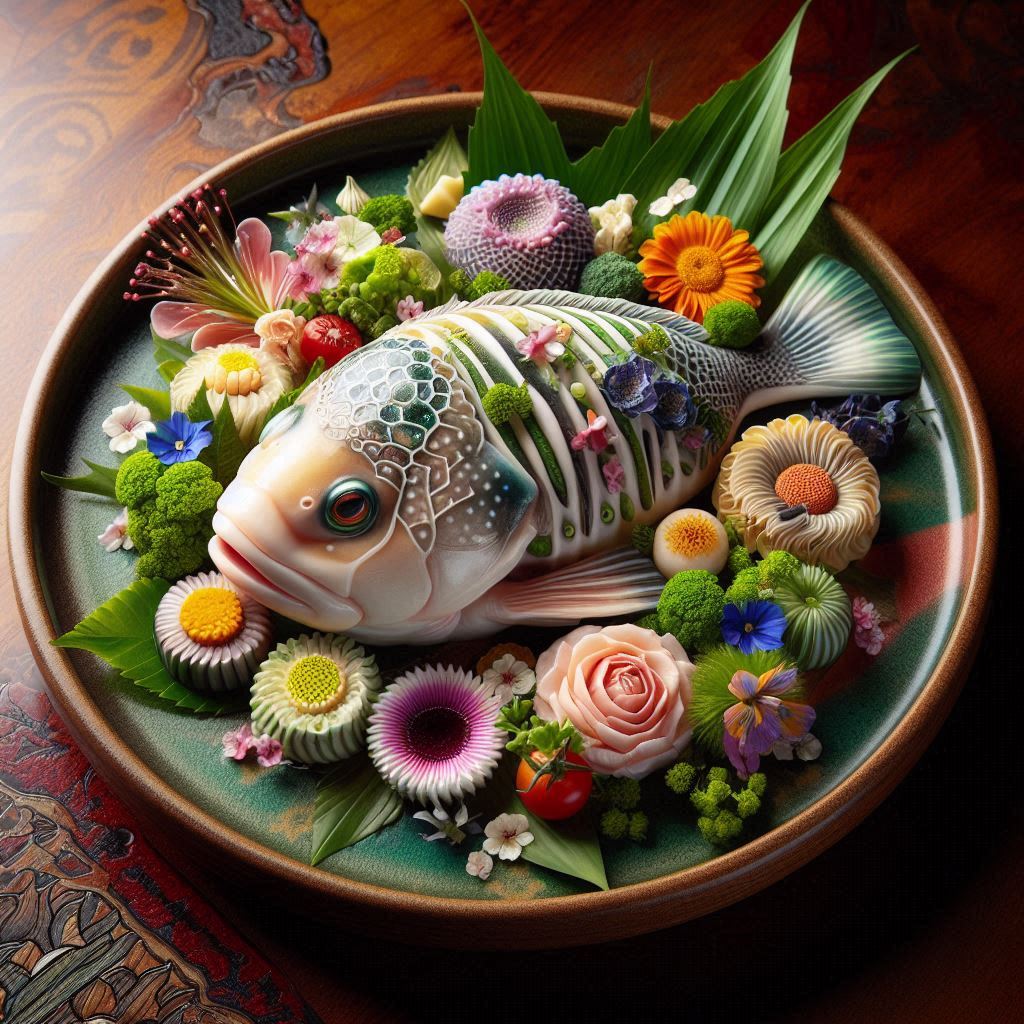
- Why banned: Japanese pufferfish can be deadly if improperly prepared due to its tetrodotoxin.
10. Red Bull (France, Norway (previously))
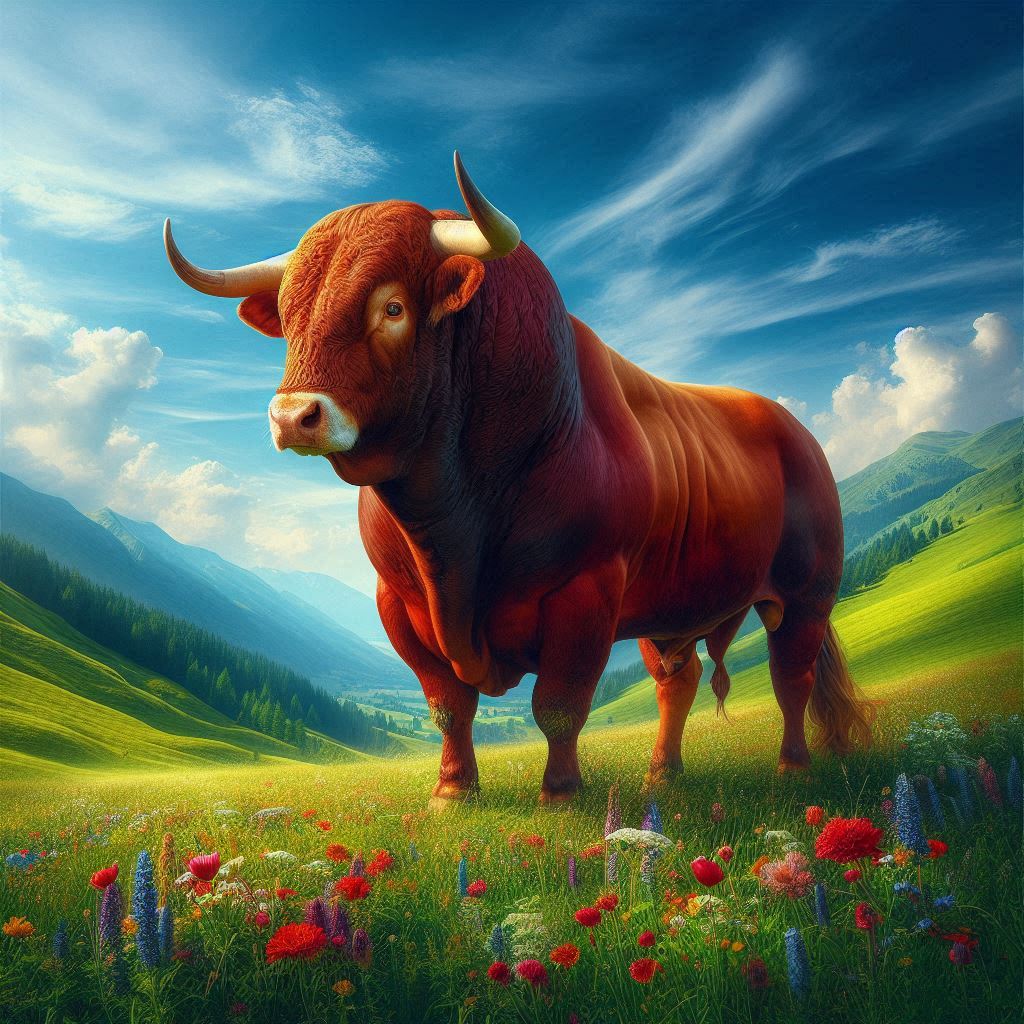
- Why banned: Previously banned over health concerns due to high caffeine and taurine levels.
11. Sassafras Oil (USA)

- Why banned: Found in root beer; banned by FDA due to safrole, a potential carcinogen.
12. Beluga Caviar (USA)
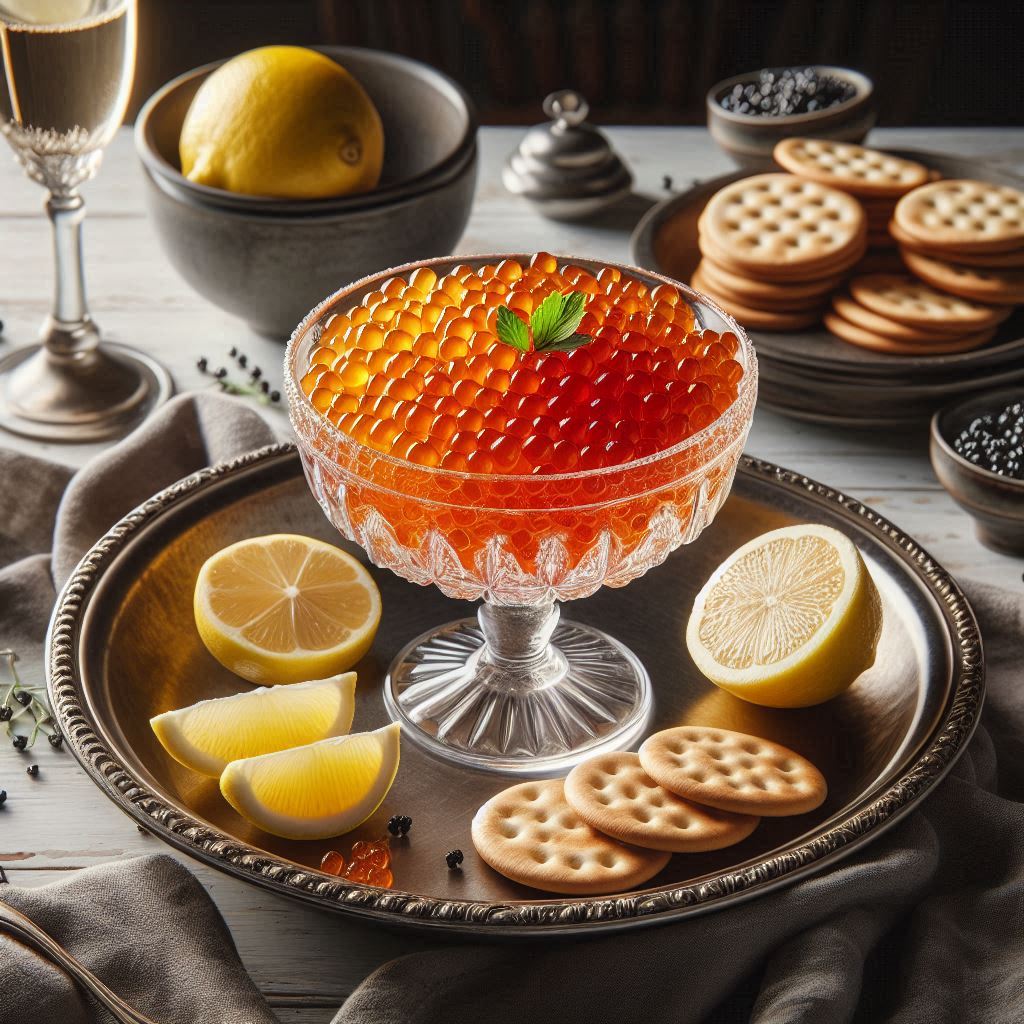
- Why banned: From endangered Beluga sturgeon; banned to protect the species.
13. Shark Fin (USA (many states), Canada, UK)
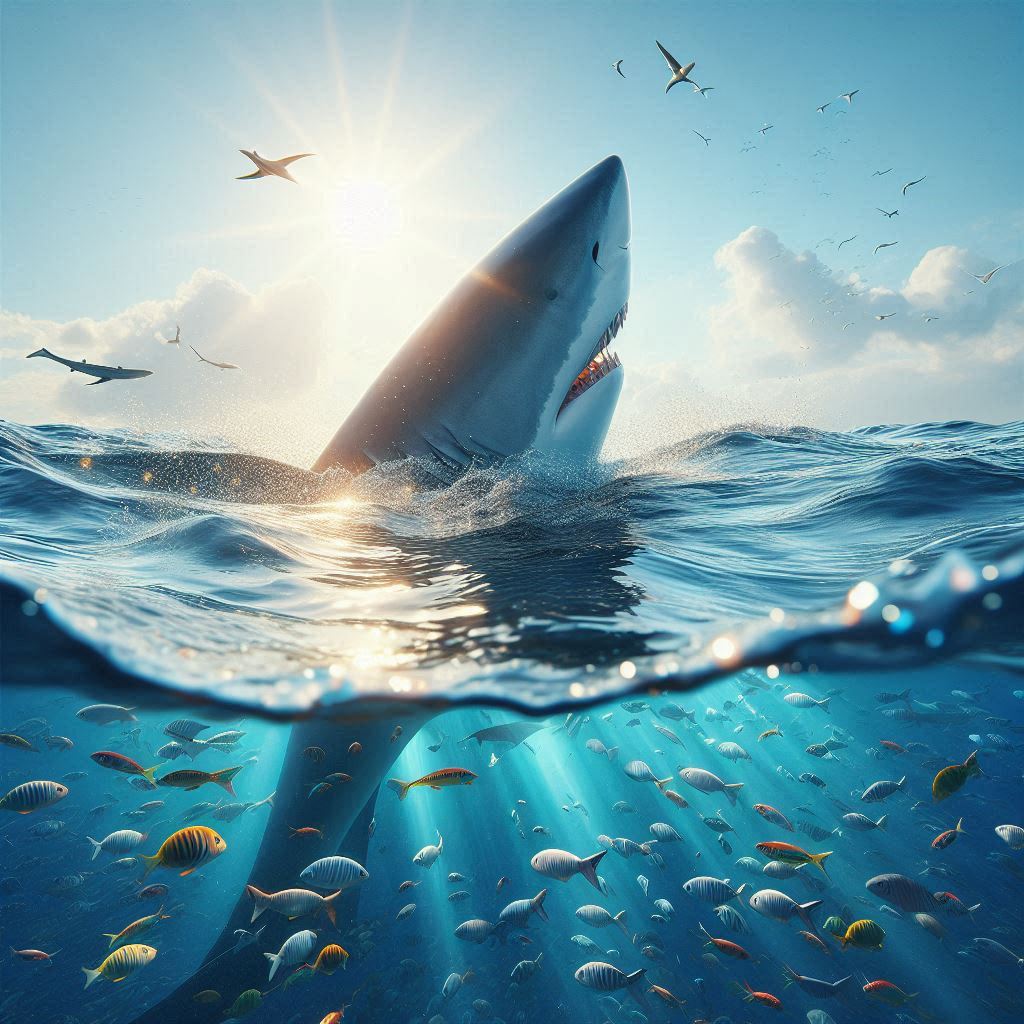
- Why banned: Cruel harvesting practices and environmental harm.
14. Absinthe (USA (restricted), parts of Asia)

- Why banned: Thujone, a chemical in wormwood, was once thought to be hallucinogenic.
15. Artificial Food Dyes (EU regulations)

- Why banned: Dyes like Red 40 and Yellow 5 are restricted or require warnings due to hyperactivity links in children.
16. Ackee Fruit (USA)
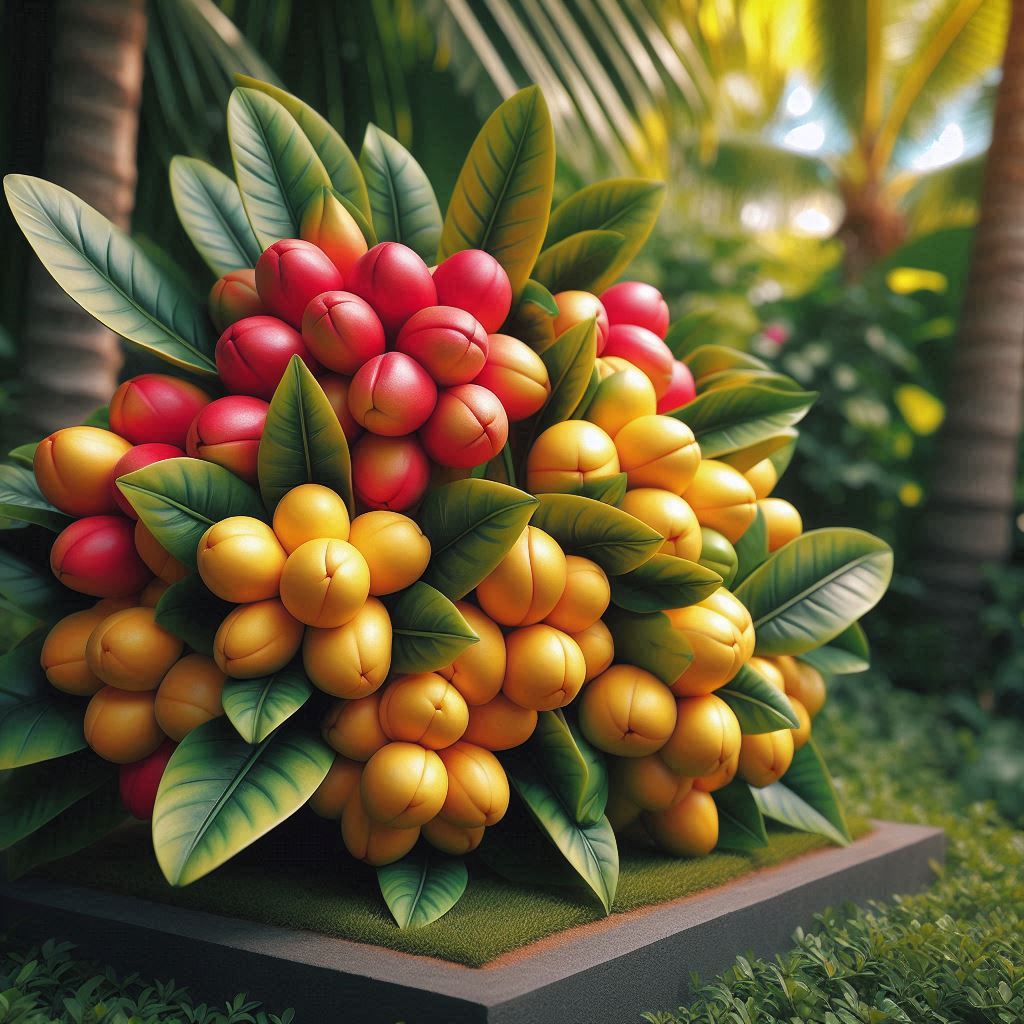
- Why banned: National fruit of Jamaica; toxic if not properly ripened—can cause “Jamaican Vomiting Sickness.”
17. Samosas (Somalia)
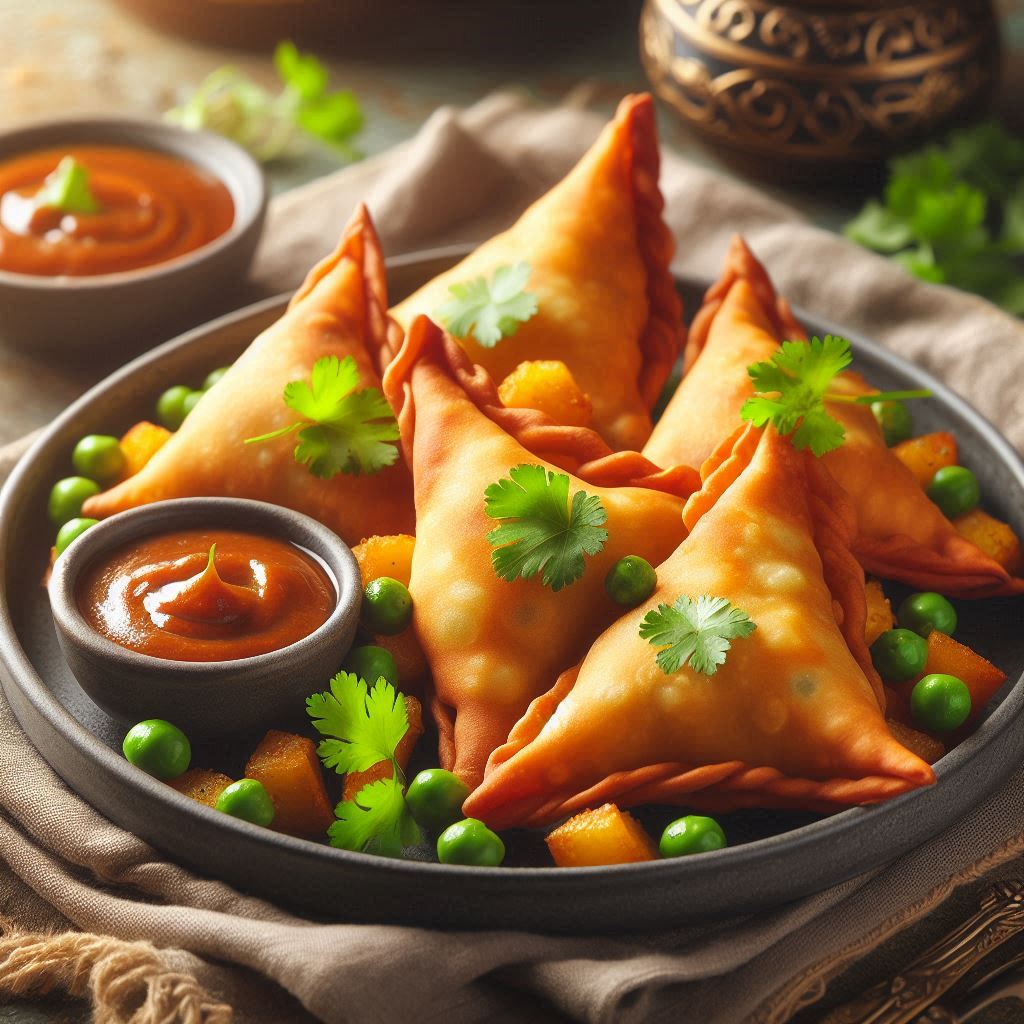
- Why banned: Banned by Al-Shabaab militants who claim its triangular shape represents the Christian trinity.
18. Irn-Bru (Canada)
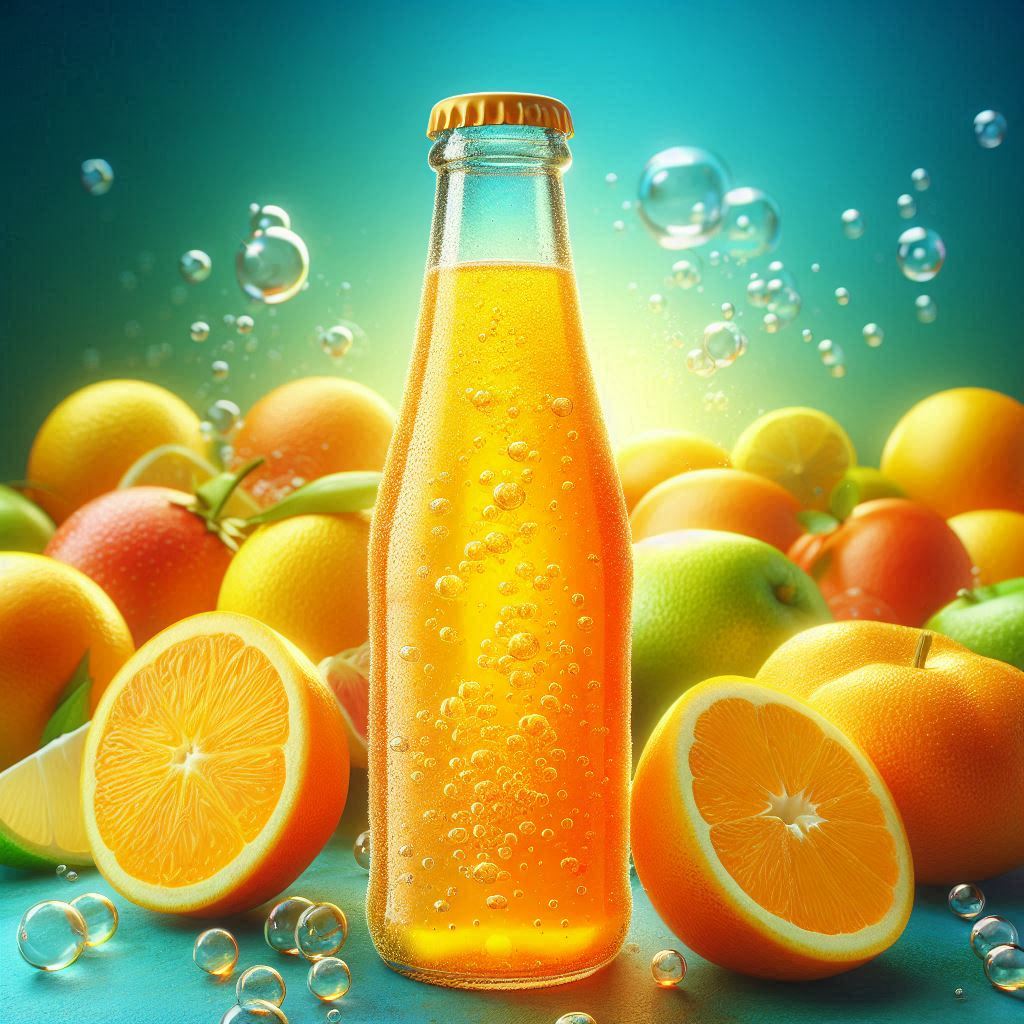
- Why banned: Contains food colorings not approved by Canadian food regulators.
19. Ketchup (France (school cafeterias))
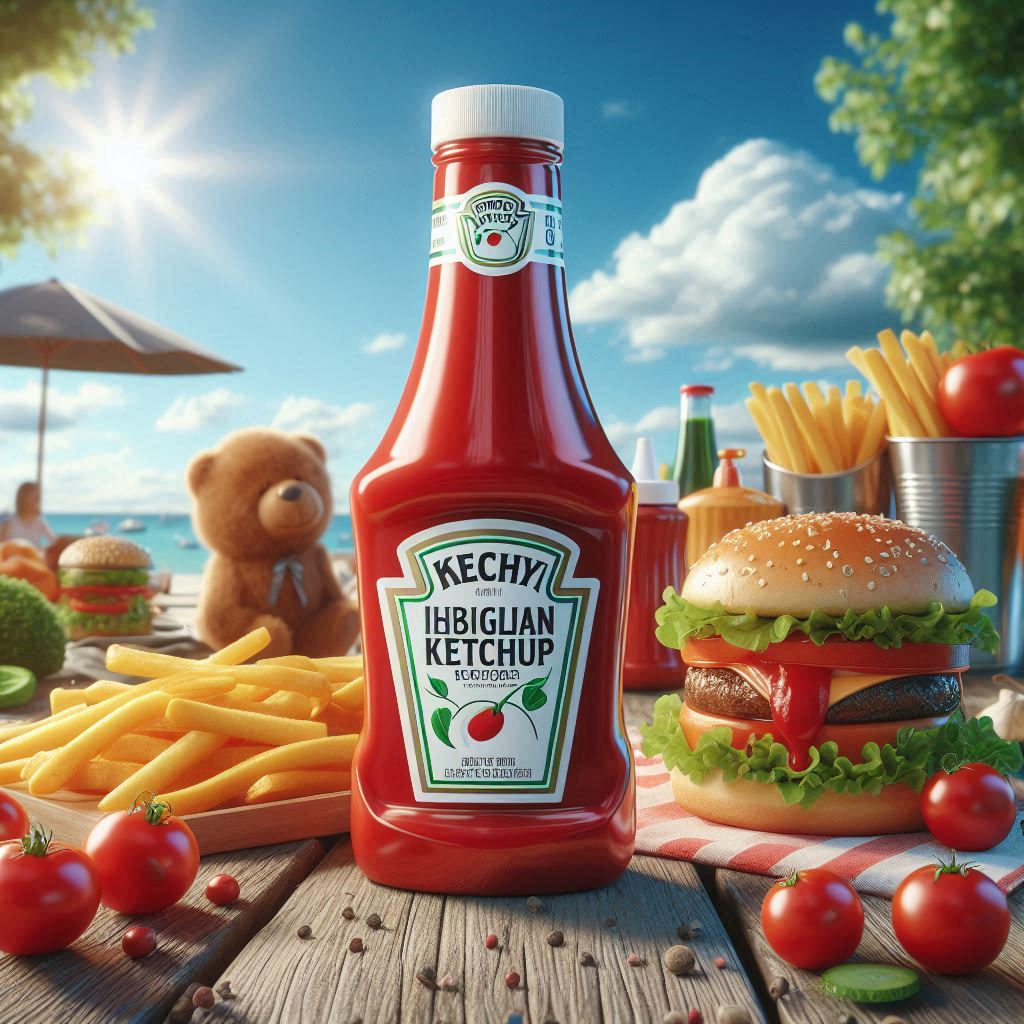
- Why banned: Banned in schools to protect French cuisine and reduce overuse among children.
20. Chewing Gum (Singapore)
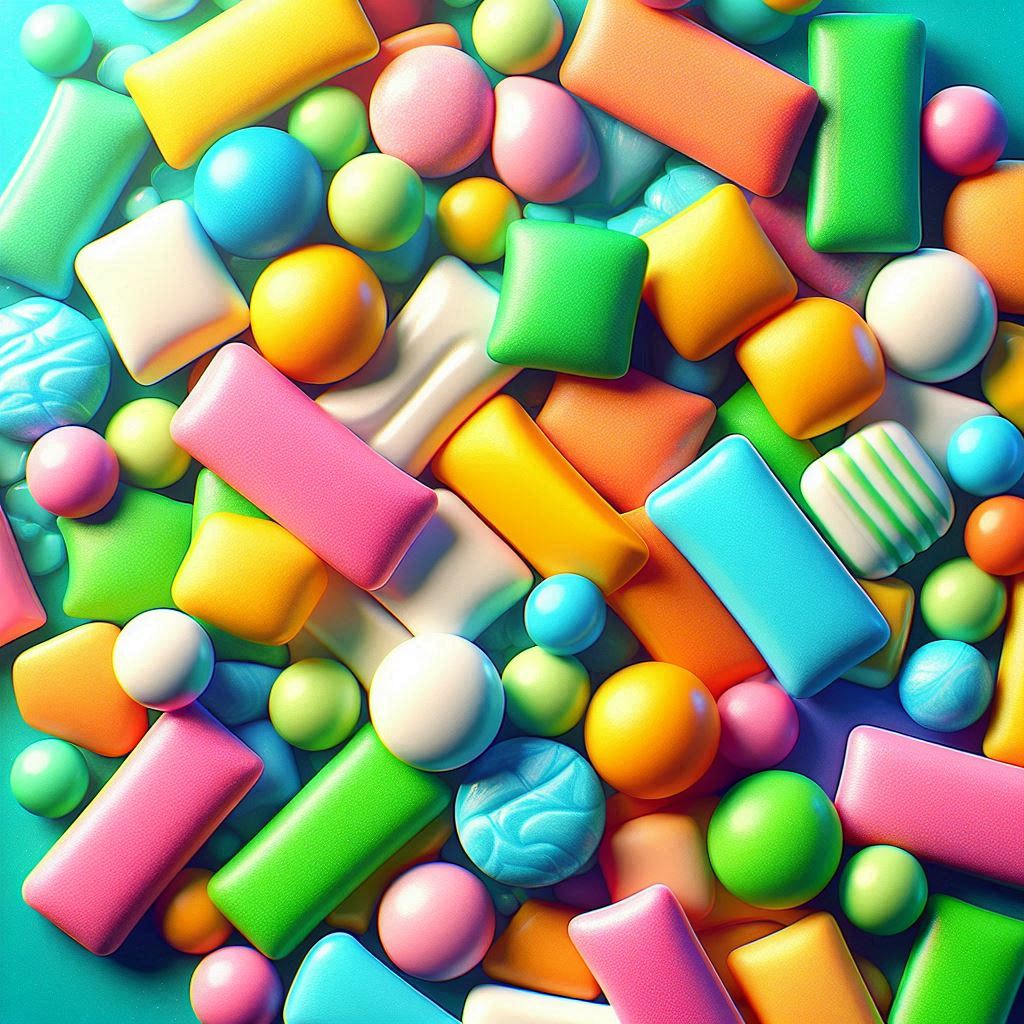
- Why banned: Strictly regulated; originally banned to maintain public cleanliness and infrastructure.
21. Olestra (UK, Canada)
- Why banned: Fat substitute linked to gastrointestinal issues.
22. Bushmeat (Many countries globally)
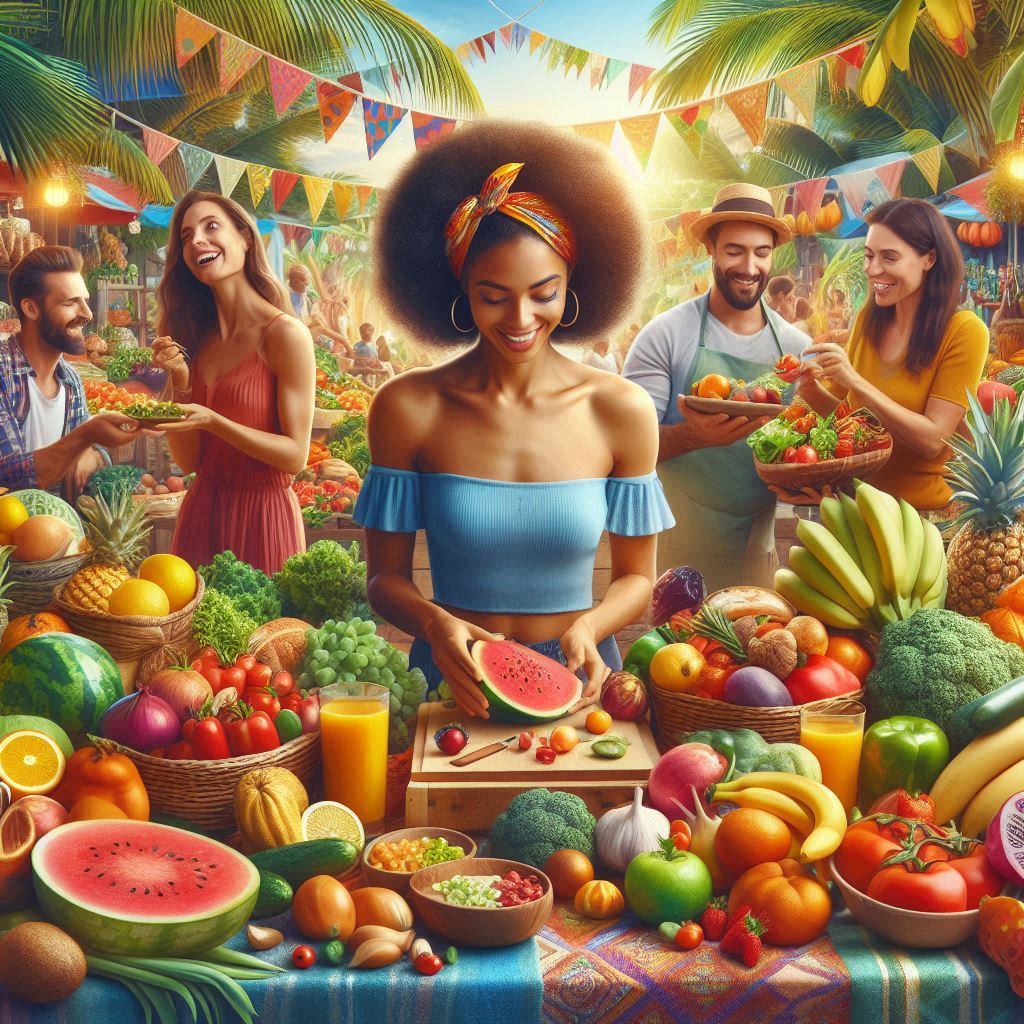
- Why banned: Meat from wild animals; risks of zoonotic disease transmission like Ebola.
23. Sea Turtles (Globally protected)
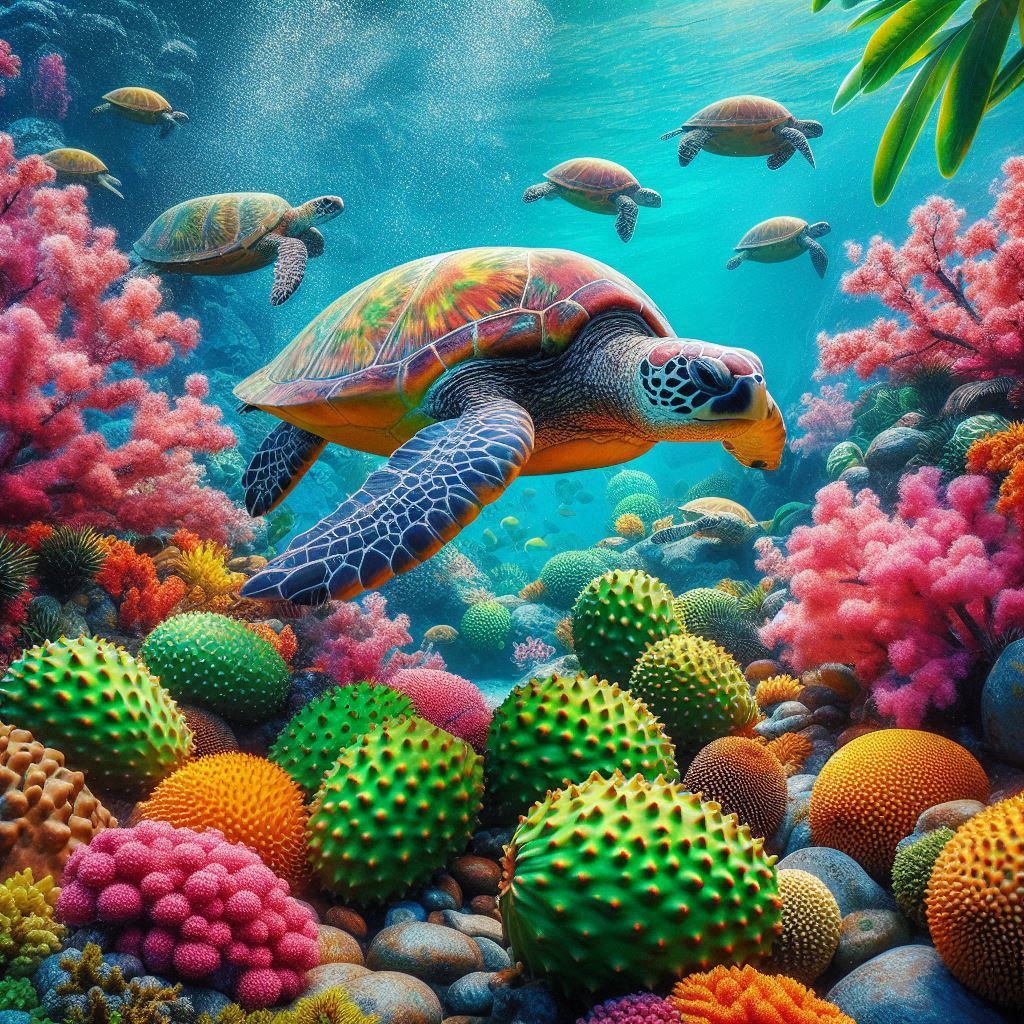
- Why banned: Endangered species; illegal to consume in most countries.
24. Kinder Joy (Similar to Kinder Surprise, but legal in U.S.)
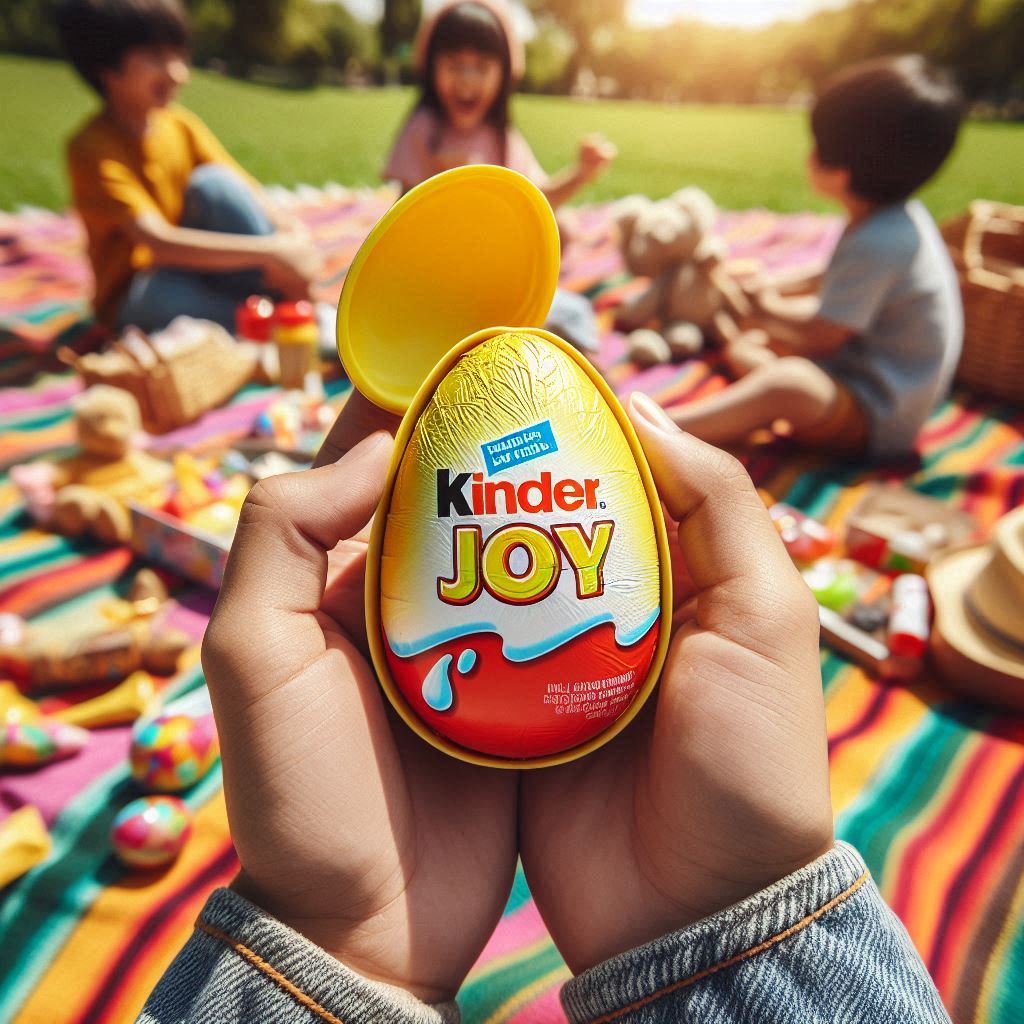
- Note: Kinder Joy is allowed because the toy is in a separate compartment.
25. Durian (Public transport bans in Singapore, Thailand)
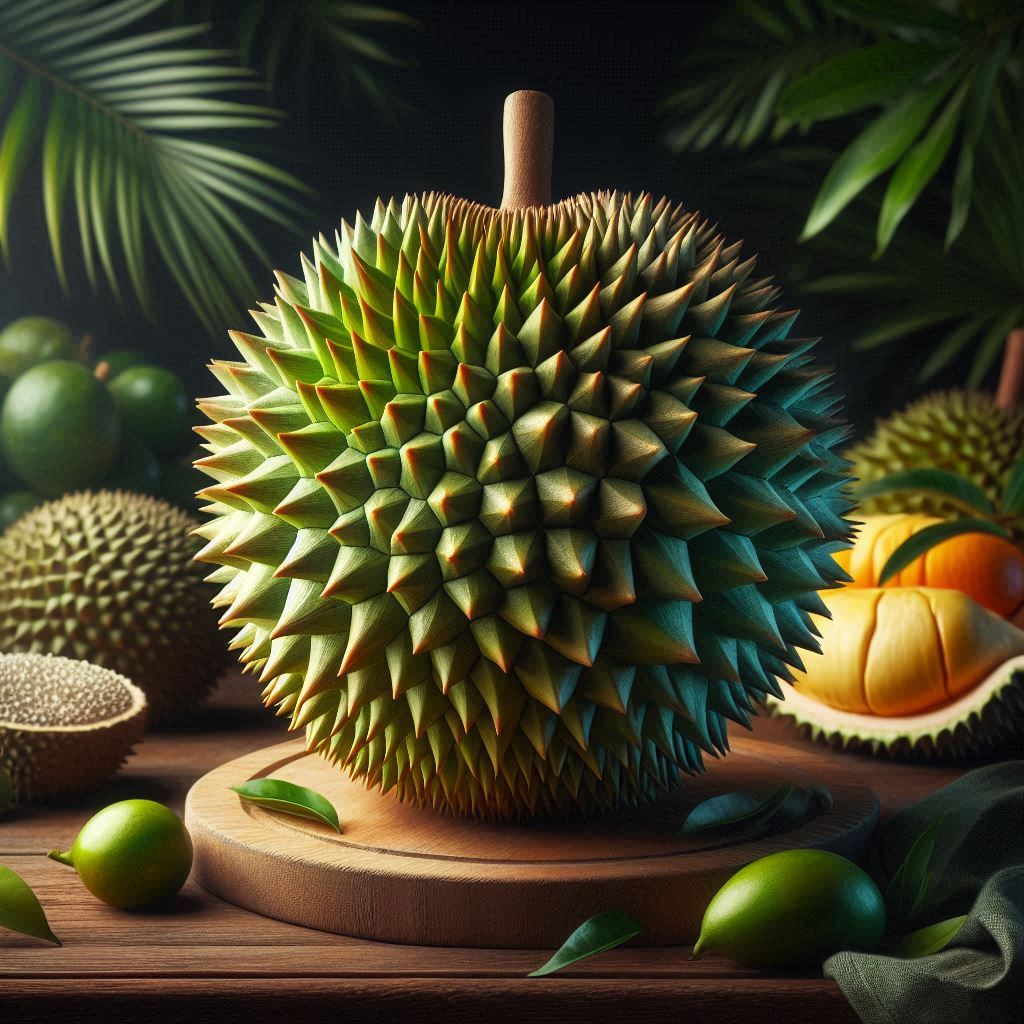
- Why banned: Not illegal to eat, but banned in many public places due to its extremely pungent smell.






Post Comment